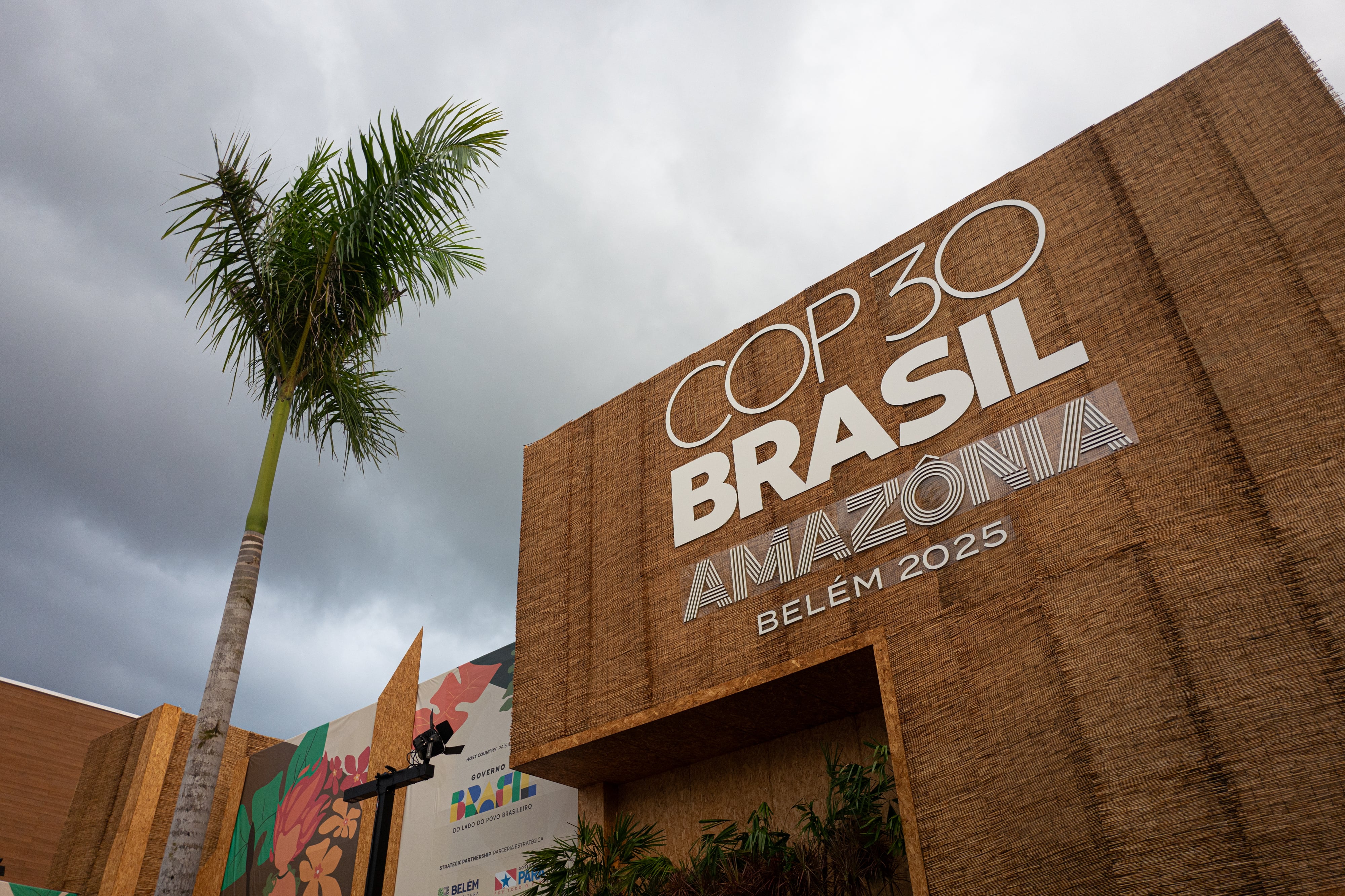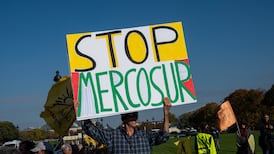In a piece recently in The Irish Times, London Correspondent Mark Paul reminded us that Sellafield has not gone away. The 700-acre complex is a nuclear dump for most radioactive material from all over the UK. It continues to pose risk to Ireland, Scandinavia and the rest of Europe.
Originally named Windscale and built as an ordnance factory during the second World War, the site was repurposed in 1947 for the production of plutonium for nuclear weapons. The UK government at the time believed that the US was becoming increasingly isolationist after the war, despite the UK having merged its own Tube Alloys nuclear weapons programme with the US Manhattan Project to produce the first nuclear bombs.
Weapons-grade plutonium is obtained by using nuclear fission to convert low-grade uranium. It is cheaper to produce than weapons-grade uranium, which was a major consideration for the UK economy, cash-strapped after the war. Although a useful byproduct of the conversion process is the generation of electricity, the primary motivation at Windscale was always national defence.
Given the novelty of the technology, and the unanticipated coolness from the US authorities, Windscale became a major centre for experimentation and innovation. Among the numerous innovations was the cooling of the early reactors using atmospheric air rather than pumped water, which substantially reduced costs.
RM Block
Another was the physical arrangement of blocks of highly purified graphite, which were used to control the flux of neutrons and hence reactor power to compensate for crystalline dislocations in the graphite structure when irradiated.

Declining electric car sales: ‘depreciation is wild at the moment’
John Cockcroft, who had shared the 1951 Nobel Prize for physics with Ireland’s Ernest Walton, fought hard to have novel filters inserted into the air flow venting chimneys. He was concerned that any one of the 70,000 reactor fuel cartridges might crack, leading to a fire from oxidisation of the uranium. Ultimately the filters, colloquially christened Cockcroft’s follies, were installed. They subsequently proved critical in capturing about 90 per cent of the radioactive particles released during the three-day reactor fire at Windscale in October 1957.
Sellafield now has about 700,000 tonnes of accumulated high-activity nuclear waste, including the plutonium stockpile
In 2017, the Irish Centre for High End Computing (ICHEC) ran simulations using historical meteorological data coupled with more recent analytical techniques, to model the dispersion trajectories of toxic effluents from the 1957 fire. Despite reassurances to the contrary at the time, there appears reasonable evidence that Ireland was affected, although not as heavily as Wales, Scotland, southwest England and Scandinavia.
The UK’s 130 metric tonnes of plutonium is now stockpiled centrally in Sellafield. It has been accumulated by reprocessing of spent nuclear reactor fuel originating within the UK and from overseas plants. Reprocessing of spent nuclear fuel in principle forms a “closed-loop” cycle which ideally allows the fuel to be reused multiple times. In practice, worldwide, to date, the closed multi-cycle fuel loop has largely been aspirational.
Dublin is as close to Sellafield as it is to Cork. Dundalk and Belfast are closer. Just a fraction of a gram of radioactive plutonium is lethal. Plutonium also has a half-life of 24,000 years, meaning that after that period it will be half as radioactive as it is today. Back 24,000 years ago Ireland was covered in an ice sheet up to 3km thick. Imagine if some of our prehistoric ancestors, perhaps after the ice receded, had left us with an incurable lethal legacy buried among their artefacts.
In a recent interview, Euan Hutton, chief executive of Sellafield Ltd, emphasised both the heritage of invention at Sellafield and its ongoing commitment to innovation. Novel underwater robots, drone inspection flights and advanced glove boxes to protect operators are all being tailored for the management of lethal high-level nuclear waste. Hutton believes the UK can become a global leader in the multibillion global market for nuclear decommissioning.
Mark Paul observed, in his article, that Sellafield alone is a €156 billion 100-year project and is viewed by some as a “gravy train” for extremely well-paid staff and contractors.
Sellafield now has about 700,000 tonnes of accumulated high-activity nuclear waste, including the plutonium stockpile. The UK plans an undersea storage facility for its nuclear waste, about three times larger than Heathrow airport, with an access point from Cumbria or Lincolnshire. It is hoped that it will be built by the 2050s and be operational for a century before being sealed “for eternity”. It follows the worldwide lead being set by Finland, which expects its underground storage facility to be ready to receive nuclear waste next year and is designed to entomb it for at least 100,000 years.
Sellafield has been an epicentre of British innovation, once crucial to national defence and to national energy security. Nevertheless, the legacy of all the prodigious innovation is a toxic bestowal for today and for generations to come, including in Ireland. It serves as a presage for how we use our own technologies and for their impact on future humanity, not least for environmental and climate change.
- Sign up for Business push alerts and have the best news, analysis and comment delivered directly to your phone
- Find The Irish Times on WhatsApp and stay up to date
- Our Inside Business podcast is published weekly – Find the latest episode here


















